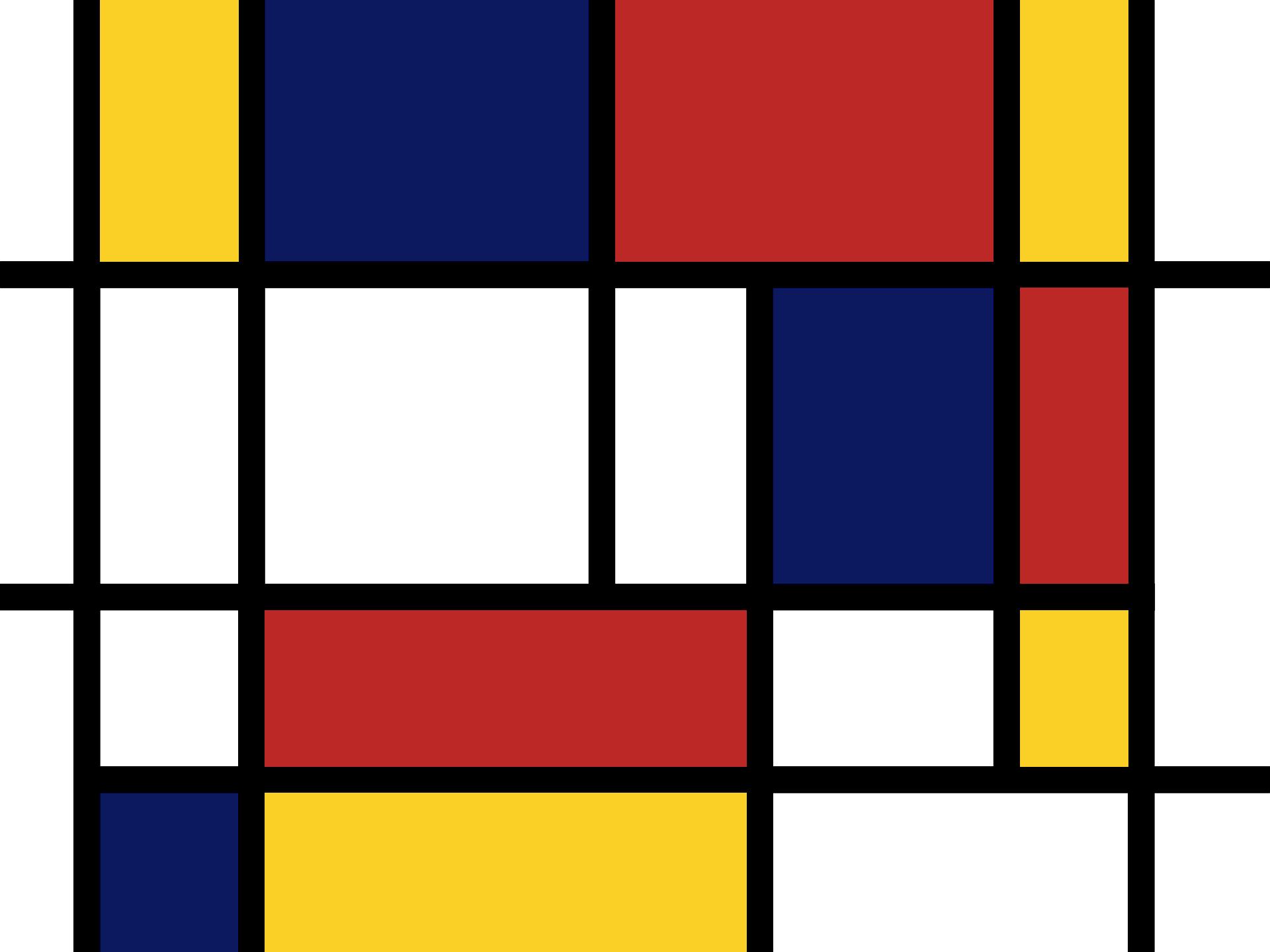
4 minute read
Utopian Life
Oud
Jacobus Johannes Pieter Oud also called J.J.P. Oud, was a Dutch architect. Oud was born in Purmerend, the son of a tobacco and wine merchant. He studied under Theodor Fischer in Munich. Also he worked together with W.M. Dudok in Leiden. Between 1906 and 1916, Oud's early buildings were a nearly total dependence on the work of Berlage. In 1916, Oud met van Doesburg in Leiden, and then joined De Stijl with other artists, such as Piet Mondrian. From 1916 to 1917, Oud collaborated with van Doesburg on the design of two houses: a vacation house 'De Vonk' at Noordwijkerhout, and 'Villa Allegonda' at Katwijk. Oud had given three-dimensional form to the principles of De Stijl, also he was made chief architect of Rotterdam in 1918.
Advertisement
In 1920, Oud broke contact with van Doesburg, and then left De Stijl, because he disagreed with van Doesburg. He disagreed with the way in which van Doesburg thought De Stijl was unique. Oud thought it was impossible to reconcile the uniqueness of the new style with the exigencies of mass housing. After Oud left De Stijl, his works were highly personal, but still based on De Stijl.
In 1925, Oud built the Cafe de Unie façade in Rotterdam. The design is a perfect example of the Dutch artistic moment, De Stijl, with its use of primary colours and simple abstract composition of vertical and horizontal directions. Moreover, the style of his work was a domestic style. After the First World War, Oud designed the Dutch National War Monument in Amsterdam and the monument on De Grebbeberg. Even though Oud left De Stijl early, his fame began as a follower of the De Stijl movement.Towards the end of Ouds life, his works became far more personal. In April 5 1963 at the age of 73 Oud died in Wassenaar, Holland.
Mondrain, together with van Doesburg were one of the first to formulate the idea of De Stijl's artistic theory, known as nieuwe beelding, or `new forming'. They developed this idea under two main influences. Theosophy; the philosophy of the mathematician and Theosophist Dr. M.H.J. Schoenmaekers; and Neo-plasticism; the belief that art should not be the reproduction of real objects, but the expression of the absolutes of life. To the artist's way of thinking, the only absolutes of life were vertical and horizontal lines, the primary colours, red yellow and blue, and the three 'non-colours, black, grey and white. (Flint, L) . The Neo-plastcism movement happened in the 1910's.
In 1915, Shoenmaekers published The New Images of the World' and, in 1916, 'Principles of Plastic Mathematics. These writings depicted that the essence of reality can be expressed as a series of opposing forces and emphasized the polarity of horizontal and vertical elements, and the importance of primary colours.
The main elements of Neo-plasticism were:
Surfaces must be rectangular planes or prisms. Aesthetic balance must be achieved and this is done through the use of opposition. Compositional elements must be straight lines or rectangular areas. Symmetry is to be avoided. Balance and rhythm are enhanced by relationships of proportion and location (Watkins, T)
Mondrian was influenced greatly by these concepts, and as indeed was De Stijl as a whole, and he expressed them throughout his work.
expressed these concepts throughout his life; for example, whilst in Laren, Holland, Mondrian was a regular guest of the local dance hall. During these times he surmised the idea of a purely neoplastic expression through music. Not surprisingly the music was to be made up of 3 tones and 3 non-tones in analogy with the three primary colours and the three non-colours. The musical "rests" to be eliminated and the sounds to be produced by as yet undeveloped mechanical or electrical instruments.
Mondrian's take on contemporary lifestyle was that the arts, including music, poetry and painting, should be free from the oppression of everyday irrelevancies, which prevented man from pursuing his true purpose: to seek truth and to find harmony (Welsh. R.P, 1982) Mondrian's thinking was obviously ahead of his time, and indeed many De Stijl sensibility was not appreciated until much after this short movement ended.
Van Doesburg also believed in creating a lifestyle of perfect harmony, and that the ideals of De Stijl would play a tangible role in modern construction of the external world in the future. In painting, van Doesburg believed the overall effect should be one of openness and weightlessness using planes and lines that appeared to hover in space, for example, in his 'stained-glass window' 1921.
-of painting in 1924 — 25 called `Elementarism: This was conceived as a radical correction of the neoplastic ideas because it allowed the use of diagonal elements. This completely abandoned Mondrians insistence on the use of strictly orthogonal relationships. However, van Doesburg strongly believed that in order to create paintings that possessed a greater dynamism, it was essential to allow diagonals. This was the key trigger for Mondrian to fall out with van Doesburg.
Apart from the fact that Mondrian had experimented with both the orthogonal and diagonal in his pre and early De Stijl production, until 1926 nowhere in the pages of De Stijl, least of all in van Doesburg's contributions, is any systematic evaluation of this issue of the diagonal versus the right angle relationship to be found (Welsh. R.P, 1982). So, in 1926, in "Painting: From Composition to Counterposition" van Doesburg explains, for the first time, in writing, how the diagonal is a dynamic principle of modern life. He stated that in art, the diagonal principle represented final victory over static nature as presented by the horizontal-vertical polarity, and later further discussed that the term "elementarism" was the exploitation of the fourth dimension — the element of time. (Welsh. R.P, 1982).





